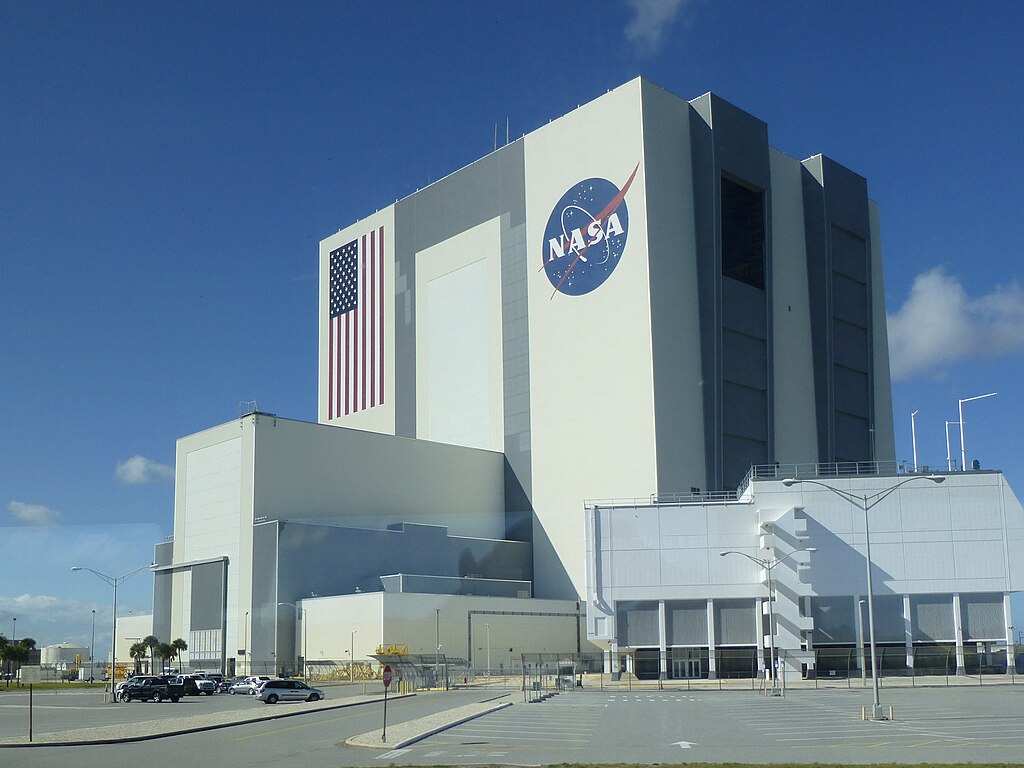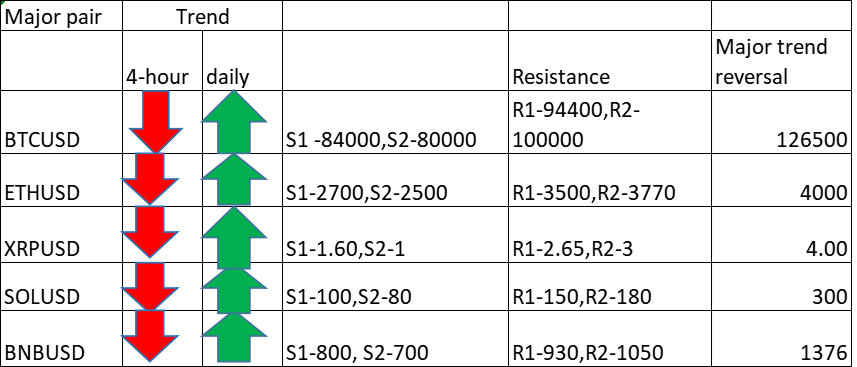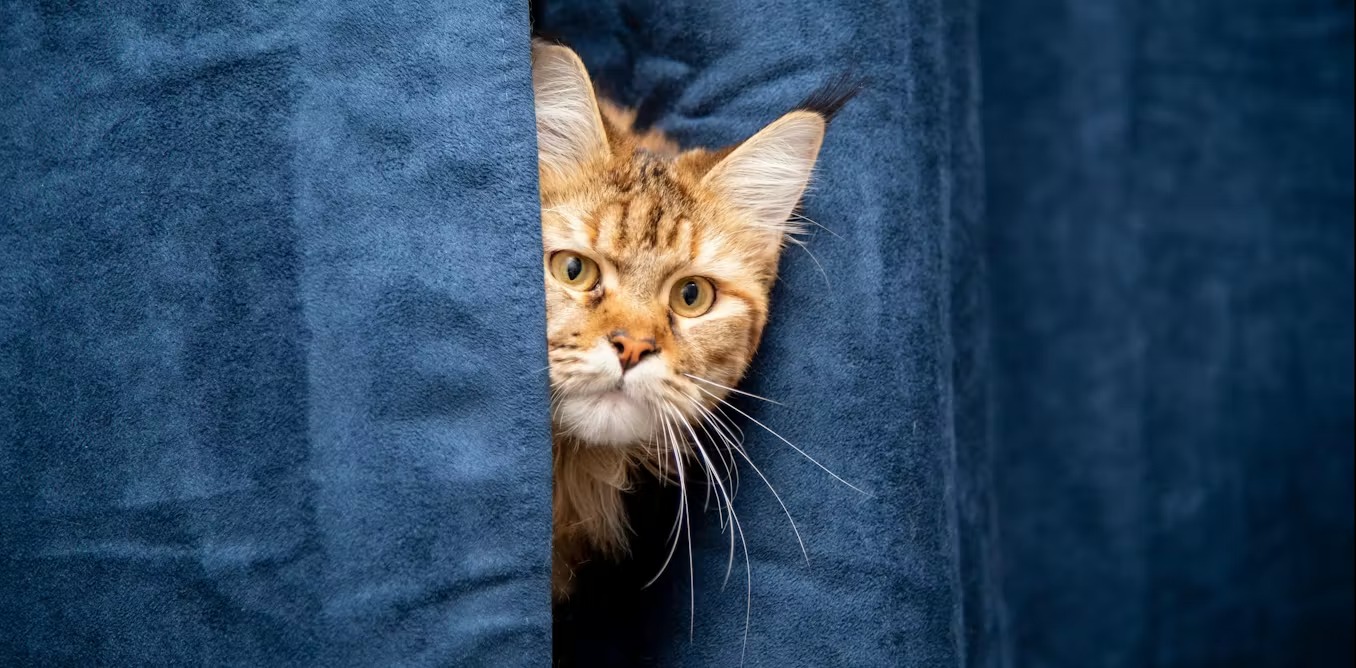
Adam Hume
Research Assistant Professor of Microbiology, Boston University
Which viruses a threat to human health?
New viruses are being discovered at a rapidly increasing rate by virtue of next generation sequencing of wildlife samples, including many viruses closely related to some of the deadliest emerging and reemerging viruses. In just the last dozen years, 9 new filoviruses have been discovered, all with unknown pathogenic potential. One of my main research interests involves characterizing differential host responses to pathogenic viruses and closely related non-pathogenic viruses to both be able to assess the possible pathogenicity of novel viruses as well as to try to target host response pathways involved in these divergent responses as potential points of therapeutic intervention.
My work focuses on some of the deadliest human pathogens, most notably filoviruses such as Ebola and Marburg viruses. Owing to the devasting disease and high mortality rates they cause, study of these viruses requires a Biosafety Level 4 (BSL4) laboratory such as the BSL4 facility we have at the NEIDL.
Studying uncultured viruses
One roadblock to the study of these new viruses related to highly pathogenic emerging and reemerging viruses is that most of these viruses have not yet been cultured. While creating recombinant viruses through reverse genetics approaches would seem to be a solution to this issue, a second barricade to these studies often prevents this: most viral genomes identified by next generation sequences lack terminal genomic sequences. These portions of the genome typically include sequences necessary for viral genomic replication and transcription, making rescue impossible in the absence of these sequences.
Lloviu virus, a filovirus first discovered in 2011 by sequencing of bat carcasses found in caves in Spain in 2002, represents such a virus. While Lloviu virus was recently isolated from Schreibers bats in Hungary (Kemenesi et al., 2022), it had not been cultured previously and sequence was missing from both ends of the genome. Using reverse genetics tools, including a previously developed Lloviu virus minigenome system, we were able to complement missing genomic sequences and rescue recombinant Lloviu virus and begin to study this virus (Hume et al., 2022) prior to it being cultured. As with all filovirus work, these studies were performed in our BSL4 facility. Importantly, we are now comparing our recombinant Lloviu virus to see how well it mirrors wild-type Lloviu virus. If these viruses behave similarly, this could provide a new blueprint for rescuing and determining the pathogenic potential of many viruses which may pose a risk to human health should a spillover event occur.
Human systems
While animal models have undoubtedly provided important information with regards to viral pathogenesis and transmission, the fact that there are many antiviral drugs and therapies that have been shown to be effective in animals but not in humans has made the need to develop and use human systems to study virus-induced host responses and correlates of pathogenicity self-evident. To this end, my research is focused on using these systems, including human primary cells, primary-based human organoids, and induced pluripotent stem cell (iPSC)-derived cells and organoids to study viral replication and pathogenesis. Collaborating with tissue engineers including researchers at Boston University’s Center for Regenerative Medicine (CReM), we have begun to explore how viruses manipulate these systems. Using transcriptional and phosphoproteomic approaches to study these systems, we are uncovering key pathways necessary for viral replication, allowing for targeted small molecular inhibition of host pathways to block viral replication. Using viruses of differing pathogenicity, we hope to also identify virulence markers in order to assess the potential pathogenicity of novel viruses which have not yet been known to spill over to the human population.
noyb Files GDPR Complaints Against TikTok, Grindr, and AppsFlyer Over Alleged Illegal Data Tracking.
- Market Data









































